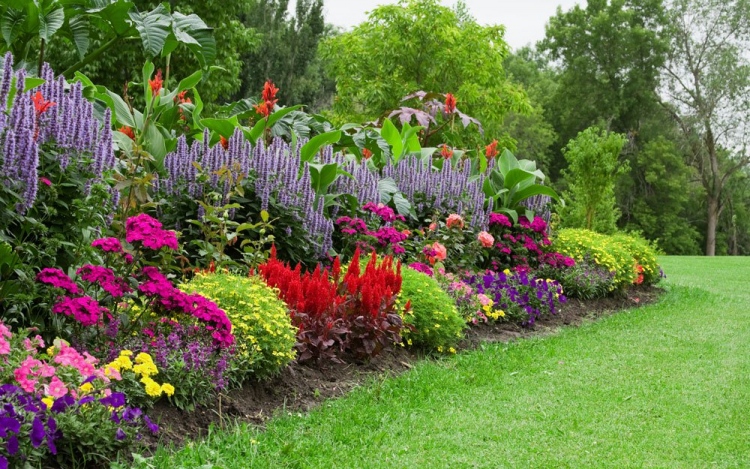Just as the leaves begin falling from the trees every autumn, branches which were before shrouded in a thick canopy of foliage, choose to reveal themselves again. Many people prefer not to have to sort out the ensuing mess; while others out there actually enjoy this time of the year, due to the chance of inspecting each tree canopy.
Prune it and don’t ruin it!
Limbs of trees can be pruned for any of the following reasons:
- They are diseased or dead
- They are growing inwards or competing with other branches and one must go
- They are crossing or chafing on another limb and damaging it
- To open the canopy, and provide more vertical clearance or to let more light to reach the ground
Just like most operations, there are right and wrong ways of doing the job. If cut properly, trees can quickly recover; if cut wrongly, it might create certain chaos. If in doubt, contact local gardeners, who can get the job done easily and with expertise.
In 3 Steps
The Professionals Would Suggest Using a Three Step Approach to Cut Tree Limbs
- Make the first cut around 30 to 60 centimetres away from the trunk.
- This cut begins on the underside of the limb and goes into it only about a third of the way.
- Please note that this is a vital step in the job.
- Make your second cut away from the tree and the first cut, about another 30- 60 centimetres.
- This time cut right through the branch.
- The branch should break away while sawing through the limb, and because of the first cut underside and closer in, the bark will not rip down into the tree trunk.
- If you had not made that first cut, the branch would have broken away with the weight of the limb.
- This would have then included the attached and uncut bark going down with it, and ripping that from the tree as well.
- That would have made a big unnecessary problem, and thus produced a large open wound, plus the possibility of creating an entry point for pests and disease.
- The third and final cut is right where the branch meets the trunk.
- Look for the flared area and make the final cut so that the flare will still be there afterwards.
- If cut properly, this flare will then heal over and with time will fill in with new bark and scar tissue.
- You’ll be aware that the tree is healing due to the formation of what looks like a doughnut shape right where you made the cut.
And that’s it. Not that hard is it? Just be extra careful when you’re up that ladder, that the only limbs being treated are the trees, and not yours! If you have any doubts about things like safety, check out and contact professionals in the business.




